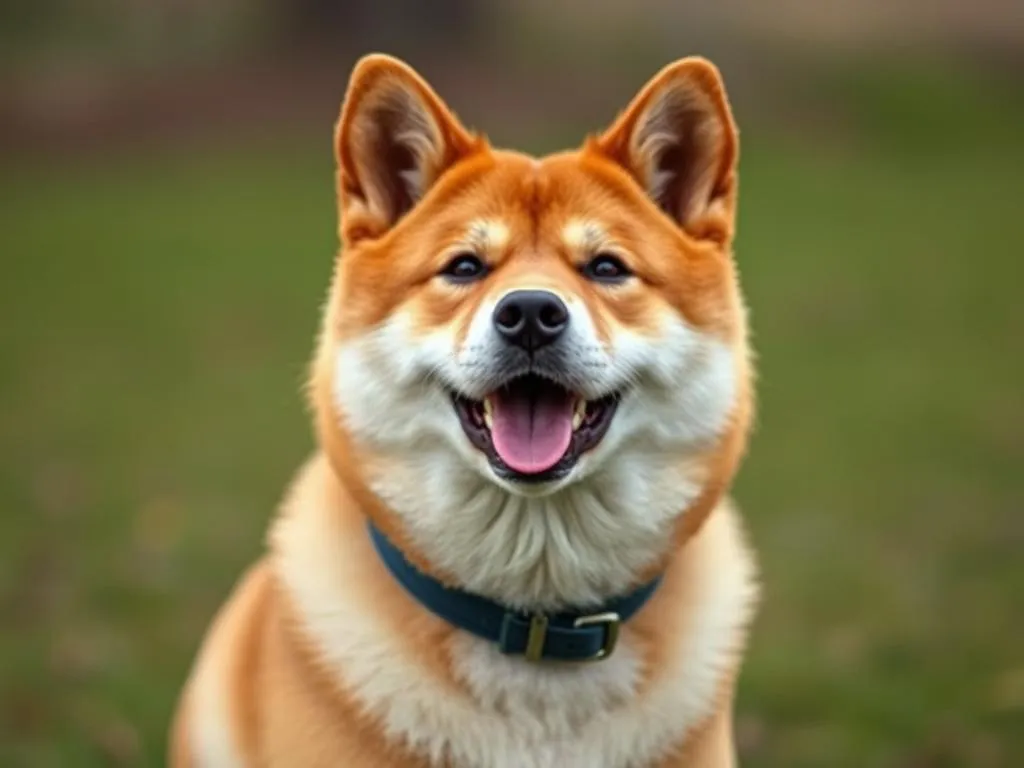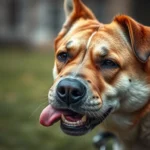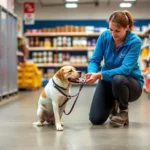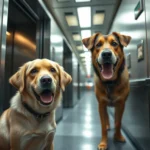
Introduction
The Shiba Inu is a captivating breed known for its spirited personality, fox-like appearance, and an independent streak that can both charm and challenge owners. Originating from Japan, these dogs were initially bred for hunting, which contributes to their keen instincts and energetic nature. Training a Shiba Inu is essential not only for their well-being but also for creating a harmonious living environment. This article will guide you through the nuances of how to train a Shiba Inu, from understanding their unique traits to practical training techniques. The journey may be challenging, but the rewards of a well-trained Shiba Inu are immeasurable.
Understanding the Shiba Inu
Breed History
The Shiba Inu is one of Japan’s oldest and smallest native breeds. Historically, they were used as hunting dogs, adept at pursuing small game in the mountainous regions. Their agility, keen senses, and strong hunting instincts have made them a beloved breed throughout the years.
Temperament and Behavior Traits
Shiba Inus are characterized by their independent nature and strong-willed attitude. This intelligence is paired with a high energy level, making them playful and curious companions. However, their independence can lead to stubbornness, making training a bit more challenging than with some other breeds.
Common Challenges in Training
Training a Shiba Inu comes with its own set of challenges. Their stubbornness can sometimes result in a lack of compliance, particularly if they feel the command is unnecessary. Additionally, Shiba Inus are sensitive creatures that do not respond well to harsh training methods. They also possess a significant prey drive, which can lead to distractions during training sessions.
Preparing for Training
Essential Training Supplies
Before you begin training your Shiba Inu, gather the necessary supplies:
- Leashes, Collars, and Harnesses: A sturdy leash and a comfortable collar or harness are essential for control during training.
- Treats and Rewards: High-value treats that your dog loves will serve as effective rewards during training.
- Clickers and Training Aids: A clicker can be helpful for marking desired behaviors, while other training aids can support your training efforts.
Establishing a Training Space
Creating a conducive environment is crucial. A quiet and distraction-free area enables your Shiba Inu to focus better. Whether you choose to train indoors or outdoors, ensure that the space is safe and conducive to learning.
Setting Realistic Goals
Setting short-term and long-term training goals is vital for progress. Shiba Inus learn at their own pace, so being patient and understanding their learning curve will help in achieving success.
Basic Commands
Teaching Sit
Teaching the sit command is foundational. Here’s how to do it:
- Stand in front of your Shiba Inu with a treat in hand.
- Raise the treat above their nose, moving it back over their head. This should encourage them to lower their rear end to the ground.
- As soon as they sit, say “sit” and reward them with the treat.
- Repeat this several times, gradually phasing out the treat while still rewarding them with praise.
Common mistakes to avoid include not rewarding quickly enough or allowing distractions during the training.
Teaching Stay
To teach the stay command:
- Start with your Shiba Inu in a sitting position.
- Hold your hand out in front of you like a stop sign and say “stay.”
- Take a step back. If they stay, reward them with a treat.
- Gradually increase the distance and duration of the stay command.
Patience and consistency are key; don’t rush the process.
Teaching Come
The come command is crucial for safety. Here’s an effective method:
- Use a long lead and allow your Shiba Inu to explore.
- Call their name followed by “come” in an enthusiastic tone.
- When they come to you, reward them immediately.
Using a long lead allows you to practice this command safely while ensuring they learn to return to you.
Teaching Down
Teaching down can be trickier with stubborn Shiba Inus:
- Start with your dog in a sitting position.
- Hold a treat close to their nose, then slowly lower it to the ground.
- As they follow the treat, they should lie down naturally. When they do, say “down” and reward them.
Reinforce this command regularly, especially after successful sessions.
Advanced Training Techniques
Socialization Skills
Early socialization is vital for Shiba Inus. Expose them to various environments, sounds, people, and other dogs to help them become well-rounded adults.
Techniques for effective socialization include:
- Puppy classes: Enroll your Shiba Inu in a class where they can interact with other dogs.
- Controlled outings: Take them to parks or busy streets to expose them to different stimuli.
Leash Training
Leash training is essential for enjoyable walks.
- Use a comfortable collar and a short leash.
- Start walking and reward your Shiba Inu for walking beside you.
- If they pull, stop walking and wait for them to return to your side before continuing.
Dealing with pulling and distractions may require patience and consistency, but it’s vital for a pleasant walking experience.
Problem-Solving Behavioral Issues
Addressing behavioral issues such as barking or digging requires understanding and positive reinforcement.
- For barking, identify the trigger and redirect their attention with a toy or command.
- For digging, provide an alternative outlet, like a designated digging area.
Positive reinforcement is crucial in changing undesirable behaviors, so recognize good behavior immediately.
Incorporating Fun into Training
Games and Activities
Training doesn’t have to be mundane. Incorporate games to make learning enjoyable.
- Hide and seek: Hide and call your Shiba Inu to find you.
- Fetch: Use this classic game to reinforce the recall command.
Interactive toys and puzzle feeders can also stimulate your Shiba Inu mentally, making training fun.
Positive Reinforcement Techniques
Understanding how to use rewards effectively is essential for successful training.
- Timing: Reward your Shiba Inu immediately after they perform the desired behavior.
- Consistency: Use the same words for commands and rewards to avoid confusion.
By providing timely and consistent praise, your Shiba Inu will better understand what behaviors are expected.
Maintaining Consistency and Routine
Developing a Training Schedule
Creating a training schedule helps establish a routine.
- Aim for multiple short training sessions each day, around 5-10 minutes each.
- Consistent timing helps your Shiba Inu know when to expect training.
Routine is particularly beneficial for Shiba Inus, who thrive on predictability.
Involving Family Members
Ensure that all family members participate in the training process.
- Share commands and training techniques to maintain consistency across different handlers.
- This unity will help your Shiba Inu understand that commands are the same, regardless of who is giving them.
When to Seek Professional Help
Identifying Training Needs
There may be times when your Shiba Inu requires professional assistance. Signs to look for include:
- Persistent behavioral issues that don’t improve with training.
- Difficulty in socializing with other dogs or people.
Choosing the Right Trainer
If you decide to seek help, choosing the right trainer is crucial. Look for:
- Experience with Shiba Inus: Find trainers who understand the breed’s unique challenges.
- Training methods: Ensure they use positive reinforcement techniques rather than harsh methods.
Ask questions about their approach and experience before committing to ensure it aligns with your training philosophy.
Conclusion
Training a Shiba Inu is both a rewarding and challenging endeavor. Understanding their unique traits, preparing adequately, and employing effective training techniques will pave the way for a successful training journey. Remember, patience and consistency are your best allies; the effort you put into training will lead to a well-behaved and happy Shiba Inu. As you embark on this rewarding journey, cherish the moments of connection and learning along the way.









